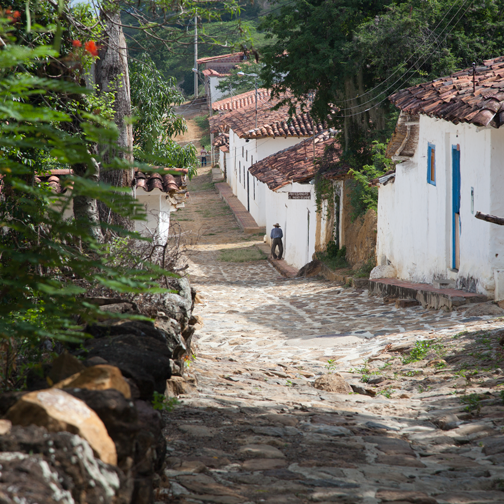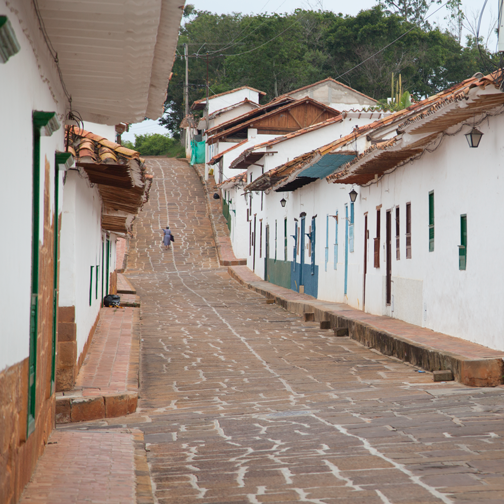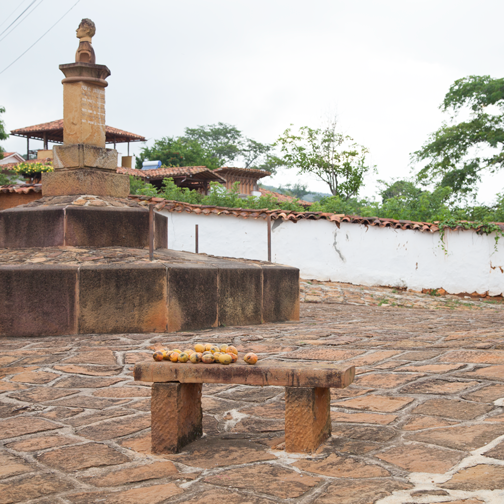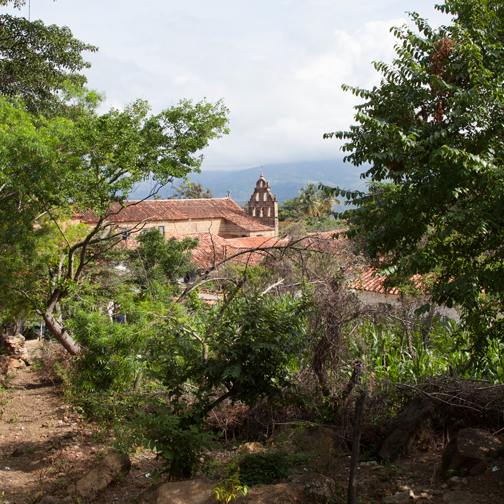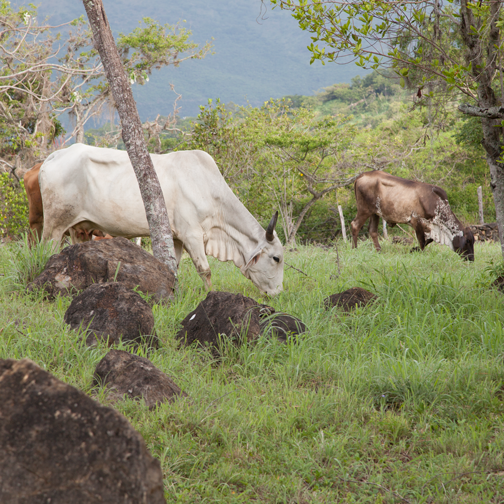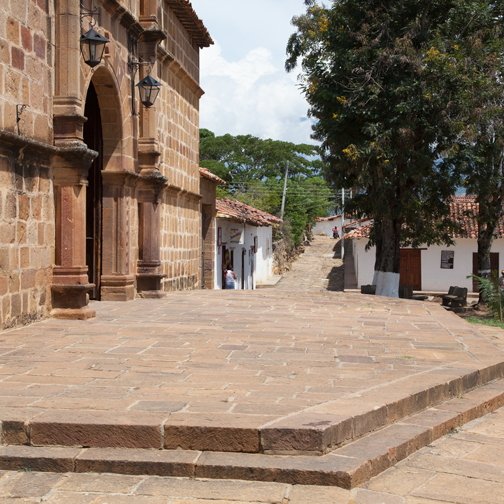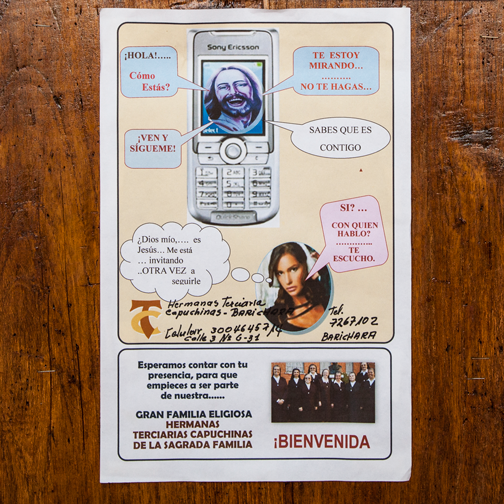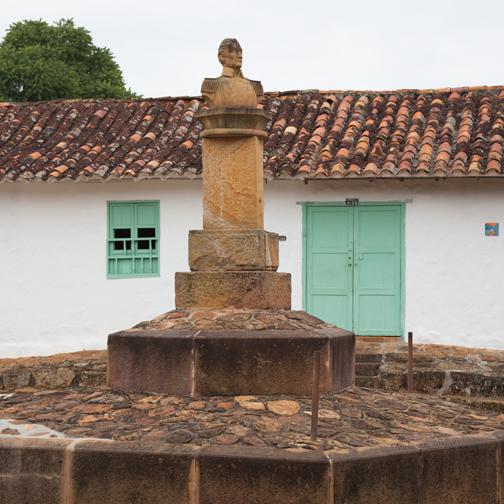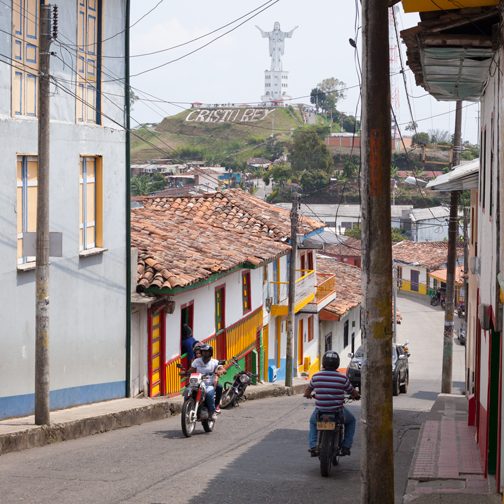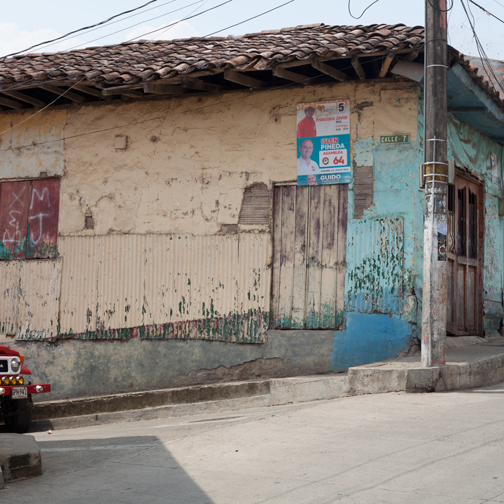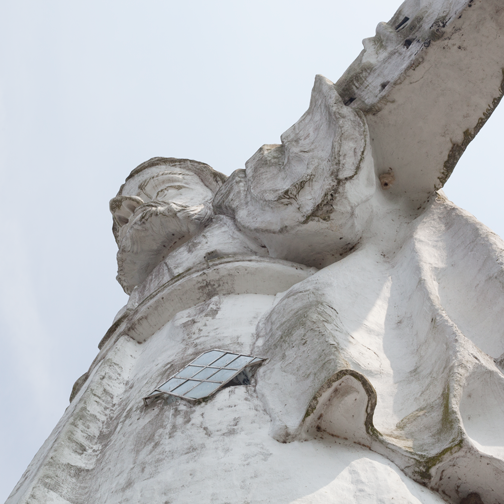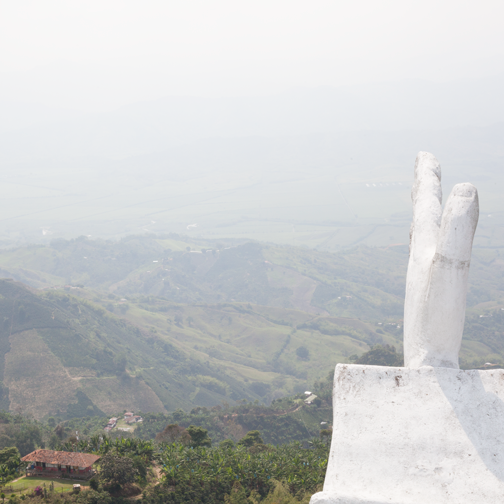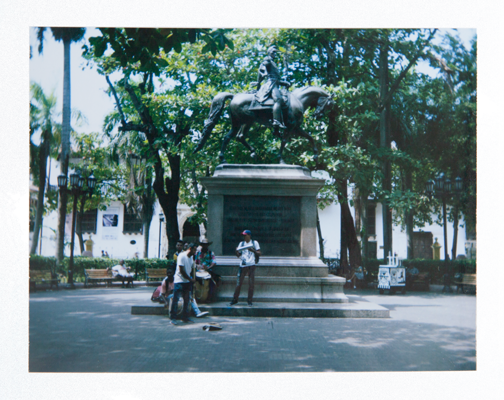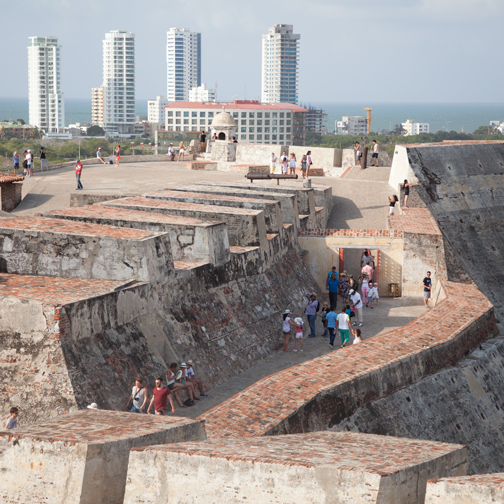
During a three-day weekend, the nothern bus terminal in Medellín is packed with tourists. When I saw the crowds lining up for tickets, I almost turned around and headed back to the metro. The only reason I didn’t was that I had no alternate plan for the day.
Thankfully most people were trying to get to Guatapé, which is in the opposite direction, so I only waited 45 minutes for my bus departure. The hour-long drive to Santa Fe de Antioquia is lined with fincas and water parks. Whenever I start to see these, I realize that the weather is going to be hotter than anticipated.
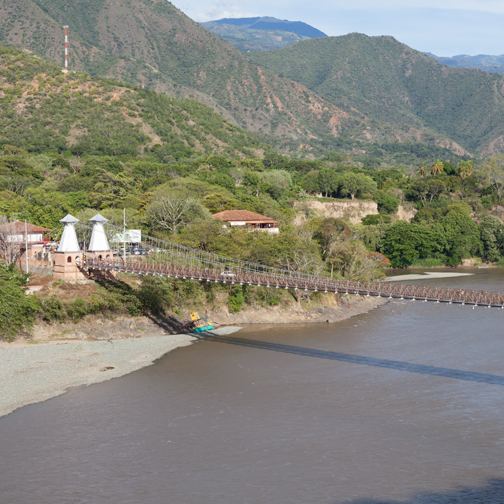
Although Santa Fe de Antioquia was founded in 1541, the most iconic construction only dates back to 1895. Puente Occidente is a wooden suspension bridge which spans the río Cauca. It has a very delicate design with two walkways framing a small one-way road that is alternately shared by traffic.
The bridge used to be a very important transportation link but nowadays it’s a tourist attraction best enjoyed with a beer. At least that’s what my driver recommended.
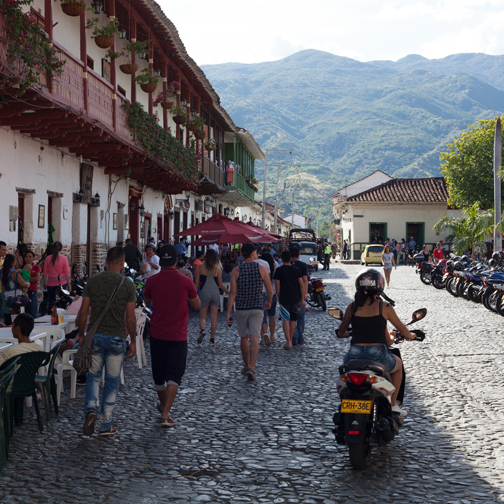
Because of the three-day weekend, the main plaza was filled with people, food, and souvenirs. I ate lunch on a shady balcony overlooking the tent-filled plaza before heading to the Museo Juan del Corral. It had a little bit of everything relating to colonial life.
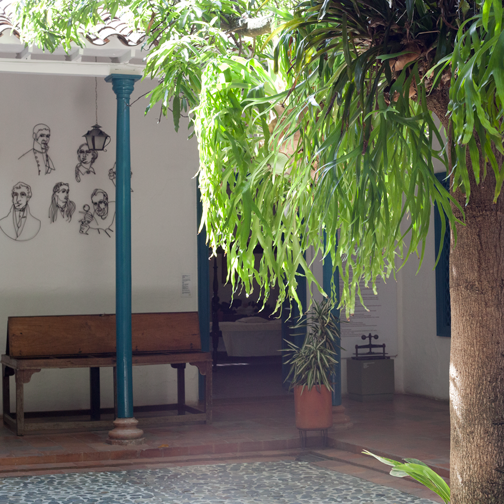
The most famous item there is the table where the Independence Act was signed in 1813. My favorite pieces were the wrought iron portraits of the heroes of independence.
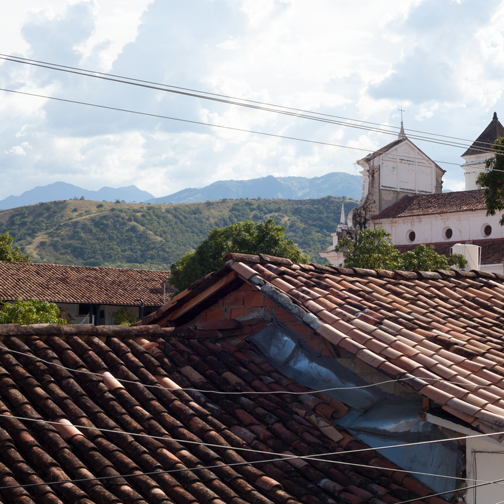
Down the road is the Museo de Arte Religioso and across from that is an artisanal ice cream shop. Both are worth a visit. The two-level museum is located inside a very pretty building and the upstairs has a nice view of the cathedral.

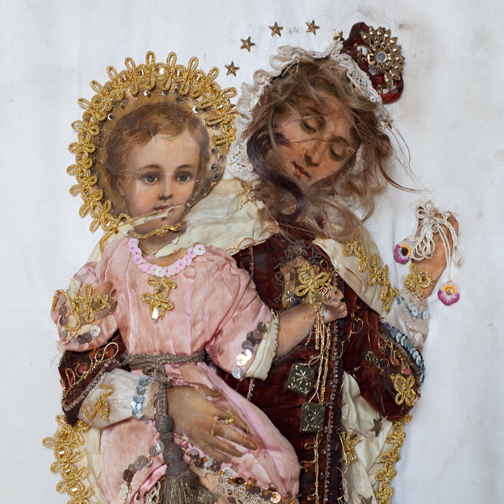
Santa Fe de Antioquia is a pretty place to visit if you are around Medellín. The best way to enjoy it would be to stay on a nearby finca for a few days to soak up the sun, cool off in a pool, and then head to the plaza in the evening for food and music. Maybe it’s a conspiracy, but I’m pretty sure the livliest bars are always the ones closest to the cathedral.
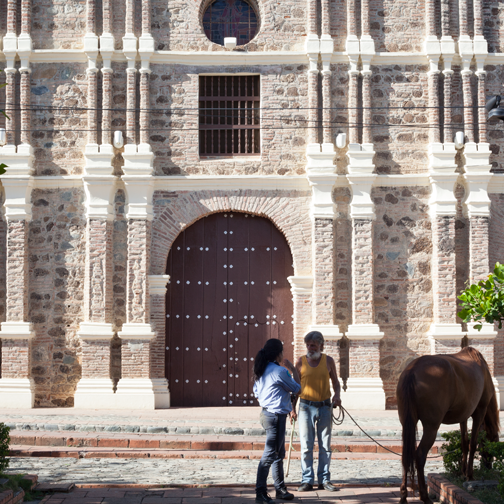
About Santa Fe de Antioquia: $14,000 pesos from Medellín on Transportes Gómez Hernández
About Puente Occidente: 4km outside the pueblo and is best accessed by a mototaxi. The set rate is $15,000 pesos for a return trip and 30 minutes at the bridge.
About Museo Juan del Corral: Calle 11 No. 9-77, free entrance
About Museo de Arte Religioso: Calle 11 No. 8-12, $3,000 peso entrance
